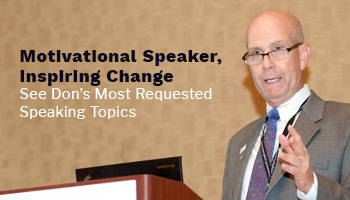Acute Myeloid Leukemia (AML) is a blood cancer that starts with a change to a single cell in the bone marrow. The chance of getting AML increases with age. However, children and adults of any age can develop AML. About one in five children with leukemia has AML. The goal of treatment is to bring about a remission or to cure the disease.
Some of the signs and symptoms for AML are common to many illnesses. Some changes that a person with AML may have are:
- Tiredness or no energy
- Shortness of breath during physical activity
- Pale skin
- Swollen gums
- Slow healing of cuts
- Pinhead-size red spots under the skin
- Prolonged bleeding from minor cuts
- Mild fever
- Black-and-blue marks (bruises) with no clear cause
- Aches in bones or knees, hips or shoulder.
Blood and bone marrow tests are done to diagnose AML and nearly all patients need treatment as soon after diagnosis as possible. Chemotherapy and stem cell transplants are the most common course of treatment for patients diagnosed with AML.
Over the past several decades, doctors have made good progress in treating AML and patients who are under 60 years of age have a better chance of survival. Approximately 70% to 80% of AML patients experience complete remission. In total, about 20% to 30% of patients survive and are free of AML five years after the diagnosis. AML patients who have not had a relapse during this time are considered completely cured because most relapses happen within two years of the AML diagnosis.
If you or someone you know is dealing with AML, support is available. Contact the LLS Information & Support Center for more information.
